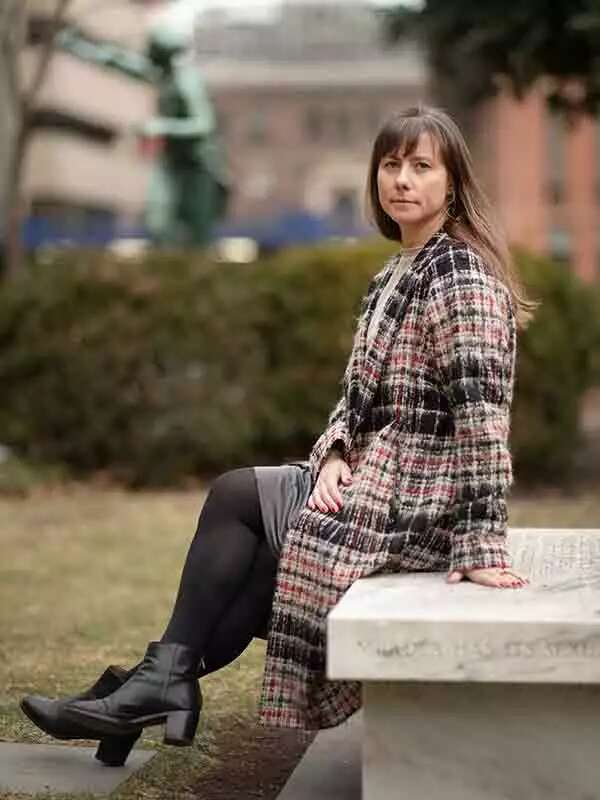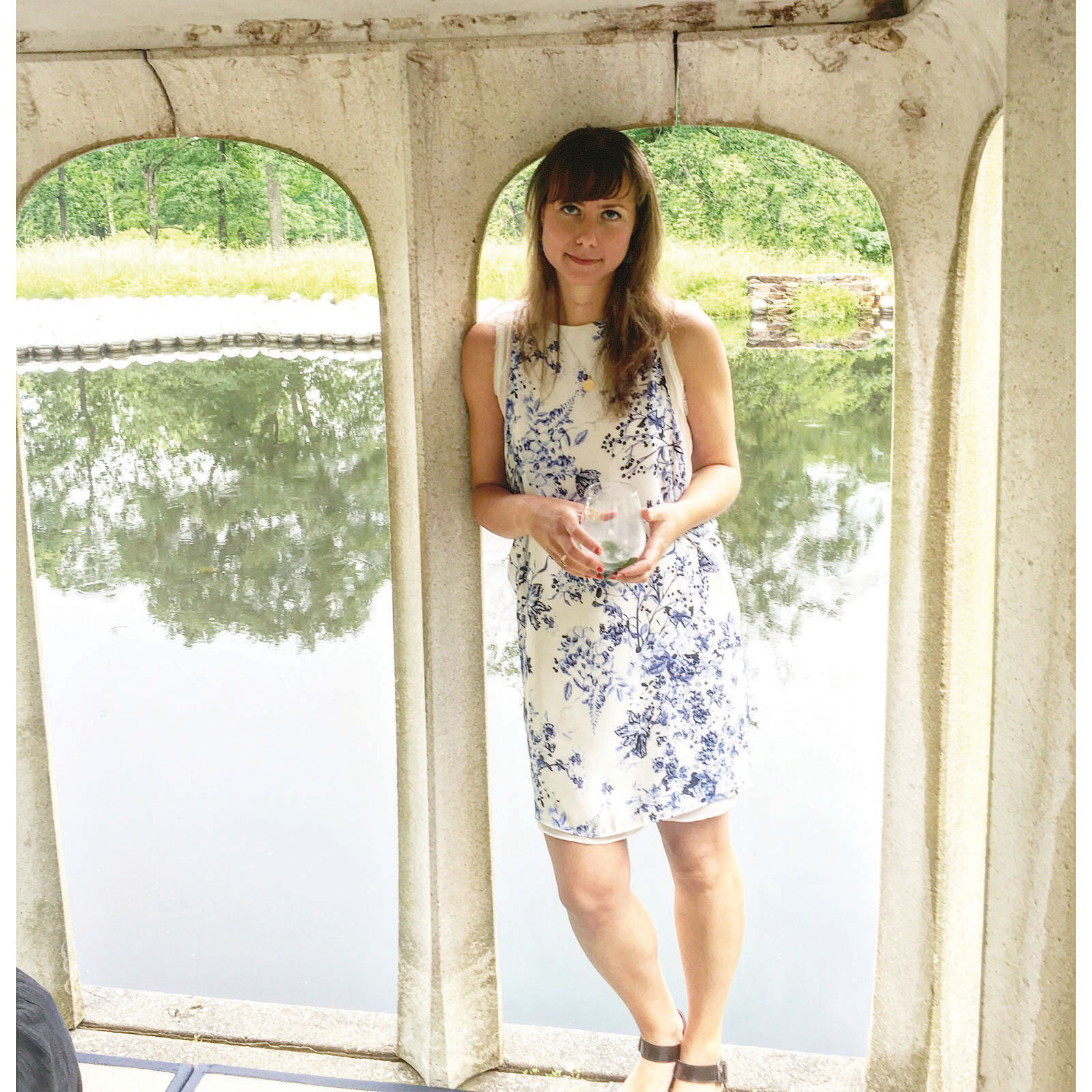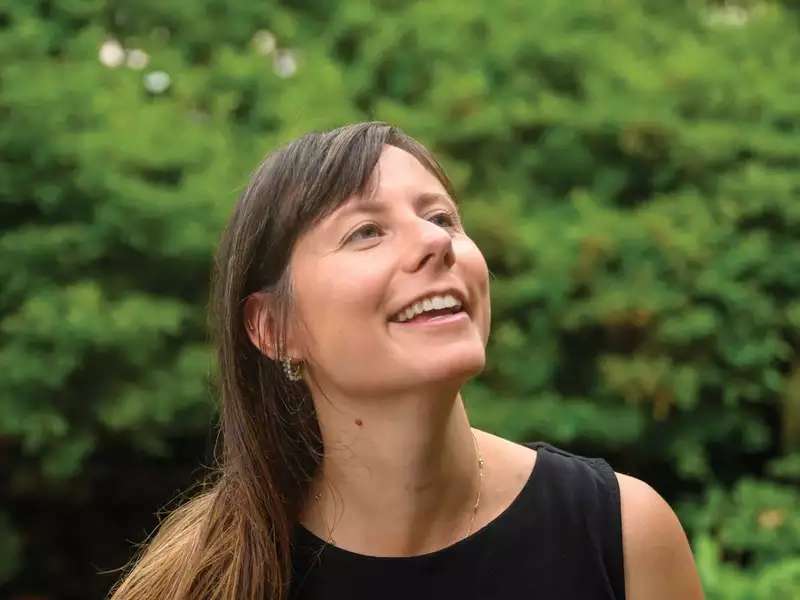
A few months ago, while we were planning for the Fall issue, I went down a rabbit hole and found myself deep in the digital collections of Barnard’s archives. I was entranced. On my computer, I flipped through the old issues of the Barnard Bulletin and the Magazine. And then I landed on the Class of 1920’s Mortarboard yearbook. It is a fascinating trove of photographs, stories, and memories, revealing snapshots of Barnard during this historic period. These students, during their four years, lived through World War I, the 1918 Spanish Flu pandemic, the first Red Scare, and riots. I learned that in the fall of 1919, one-half of the undergraduate body was registered to do Red Cross Work; 55 students signed up for emergency war work; and 32 alumnae volunteered to do war service abroad. These students and alums faced much adversity, but what comes through in these pages is how they persevered and came together to support each other and serve their country.
A century later, we find ourselves in similarly extraordinary times, and like these women, so many of you have exhibited the same fortitude and generosity of spirit, which brings me to the Fall issue.
When we first started to conceptualize the content for the magazine, we asked ourselves a series of questions: What stories need to be told, who should tell them, and how? Immediately, we knew that we wanted to highlight Barnard’s alumnae healthcare workers who’ve served on the frontlines of the pandemic. In this feature, five Barnard grads graciously share their experiences: They tell us about the physically and emotionally challenging moments, the inequities laid bare before their very eyes by the COVID-19 crisis, and how Barnard prepared them for this difficult work. In these profiles, service takes many forms, from providing support and care packages to other medical professionals to helping the most vulnerable populations get treatment and meals, just as nurse practitioner Susanne Johnson ’07 did as the associate medical director of a community health center in Camden, N.J.
Whether an emergency room doctor caring for patients or a student processing the pandemic through zine-making, members of the Barnard community have demonstrated an ability to recover and adapt to changing circumstances. In our feature “Lessons in Resilience,” you’ll read about how Barnard women, across generations, learned to cope with hardship during their lifetimes. Through support networks and routine, humor and activism, they were able to overcome the stresses and pains of traumatic events, including world wars and global health crises.
As you leaf through this issue, I hope you have the same sense of discovery as I did when I was digging into the archives and that you also find some reassurance in knowing you’re part of a community with a long-standing tradition of meeting challenges with bravery and kindness. These stories, like those that appear in the Class of 1920’s Mortarboard, are not only a window into Barnard’s legacy of service but also a record of its resilience.




